Snehal Patel
Memorial Sloan Kettering Cancer Center
- 27
- 25
- 18
1275 York Avenue
Room C-1076B
New York, New York 10065
United States
Map It
Dr. Snehal G. Patel is an Attending Surgeon in the Head and Neck Service at Memorial Sloan Kettering Cancer Center and Professor of Otolaryngology at the Weill Medical College of Cornell University, New York. He went to Medical School in Baroda followed by residency in General Surgery at the SSG Hospital, Baroda, India. He has formal training in head and neck surgical oncology and plastic and reconstructive surgery at the Tata Memorial Hospital (Bombay, India), Royal Marsden Hospital (London) and Memorial Sloan-Kettering Cancer Center (New York).
Dr. Patel has particular expertise in the multidisciplinary treatment of all tumors located in the head and neck area. He is especially interested in minimally invasive treatment with the goal of preserving the patient’s quality of life including the ability to speak and swallow.
Dr. Patel has a special interest in developing novel technology for the treatment of patients with head and neck cancer. The overall goal of his research is to improve outcomes of treatment, patient satisfaction and post-therapy quality of life. He is working to achieve this goal based on a multi-pronged research program that includes development of new technology for in vivo imaging and minimally invasive treatment of tumors, evaluation of patient expectations and development of novel patient education techniques, development of statistical methods for predicting individualized outcomes, and assessment of quality of care, post-therapy patient satisfaction and quality of life. He holds a US patent for a novel image-guided endoscopic laser-surgery device that is currently being developed for minimally invasive surgical applications. His research efforts have been funded by competitive peer-reviewed intra and extramural grants. He is a member of several national and international societies and serves on scientific committees including the American Joint Committee on Cancer Head and Neck Staging Task Force. His clinical research has resulted in over 200 peer-reviewed scientific publications in addition to numerous book chapters and three textbooks on head and neck cancer.
- Targeted Silica Nanoparticles for Real-Time Image-Guided Intraoperative Mapping of Nodal Metastases.
ClinicalTrials.gov Identifier: NCT02106598
https://clinicaltrials.gov/ct2/show/NCT02106598?term=NCT02106598&rank=1 - A Dye for the Detection of Cancer of the Tongue and Mouth.
ClinicalTrials.gov Identifier: NCT03085147
https://clinicaltrials.gov/ct2/show/NCT03085147?term=NCT03085147&rank=1 - Reflectance Confocal Microscopy of Oral Cancers in Vivo: a Preliminary Trial Comparing Intra-oral Imaging With Pathology
https://clinicaltrials.gov/ct2/show/NCT02507141?term=NCT02507141&rank=1
| Selected publications (out of more than 200 total):
Head and Neck Cancers-Major Changes in the American Joint Committee on Cancer Eighth Edition Cancer Staging Manual. The recently released eighth edition of the American Joint Committee on Cancer (AJCC) Staging Manual, Head and Neck Section, introduces significant modifications from the prior seventh edition. This article details several of the most significant modifications, and the rationale for the revisions, to alert the reader to evolution of the field. Significance/Importance |
| Influence of extracapsular nodal spread extent on prognosis of oral squamous cell carcinoma. Wreesmann VB, Katabi N, Palmer FL, Montero PH, Migliacci JC, Gönen M, Carlson D, Ganly I, Shah JP, Ghossein R, Patel SG. Head Neck. 2016 Apr;38 Suppl 1:E1192-9. Extracapsular nodal spread (ECS) has been recognized as a powerful prognostic predictor in head and neck squamous cell carcinoma (SCC). However, an objective definition of clinically relevant ECS was not available. Significance/Importance This article has been cited 10 times since publication in 2016. |
| Lymph node density is a significant predictor of outcome in patients with oral cancer.
Gil Z, Carlson DL, Boyle JO, Kraus DH, Shah JP, Shaha AR, Singh B, Wong RJ, Patel SG. The impact of lymph node metastases on prognosis in patients with oral cavity squamous cell carcinoma (OSCC) has been well recognized. However, accurate stratification of risk for recurrence among patients with lymph node metastases is difficult based on the existing staging systems. This study evaluated the utility of lymph node density (LND) as an alternative method for predicting survival. Significance/Importance This article has been cited 82 times since publication in 2009. |
| The role of pectoralis major muscle flap in salvage total laryngectomy. Gil Z, Gupta A, Kummer B, Cordeiro PG, Kraus DH, Shah JP, Patel SG. Archives of Otolaryngology-Head & Neck Surgery Oct 2009; 135:1019-1023. Pharyngocutaneous fistula is a major complication after total laryngectomy and can result in tremendous morbidity and even mortality. The risk of fistula is significantly higher for patients who have had previous radiation or chemoradiation therapy. We showed that the pectoralis major muscle flap is helpful in reducing the sequelae of this major postoperative complication. Significance/Importance This article has been cited 53 times since publication in 2009. |
| Clinically-translated silica nanoparticles as dual-modality cancer-targeted probes for image-guided surgery and interventions.
Bradbury MS, Phillips E, Montero PH, Cheal SM, Stambuk H, Durack JC, Sofocleous CT, Meester RJ, Wiesner U, Patel S. Integr Biol (Camb). 2013 Jan;5(1):74-86. Sentinel lymph node mapping procedures for detection of melanoma metastases are limited by a lack of intraoperative visualization tools that are capable of accurate determination of disease and discriminating it from adjacent normal critical neural and vascular structures. We have developed a nanoparticle platform with these attributes for image-guided sentinel node identification. Significance/Importance |

